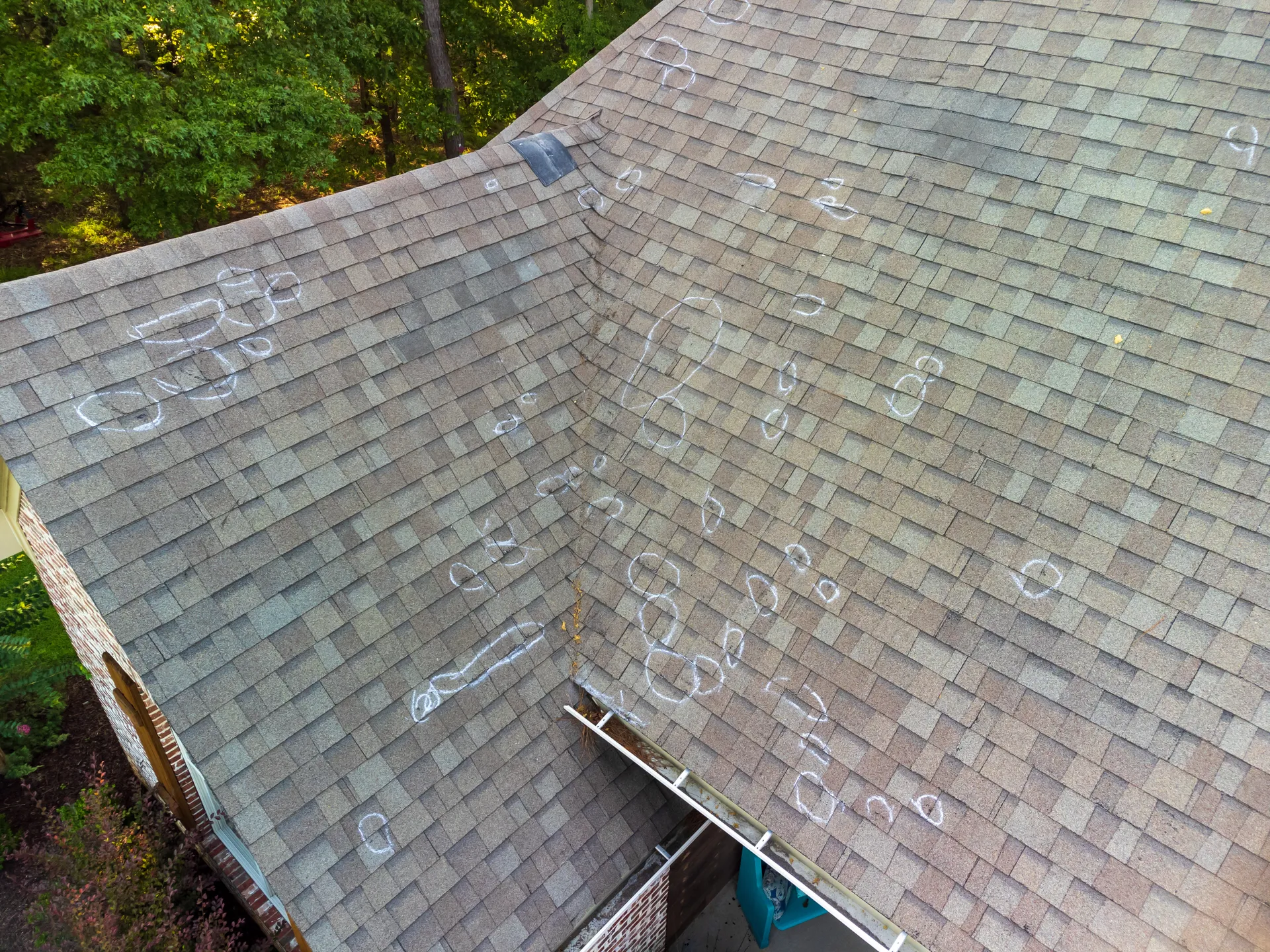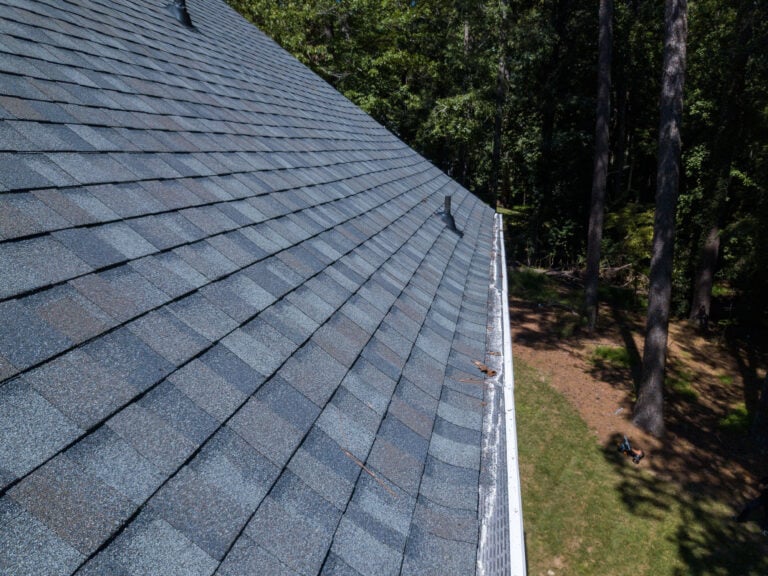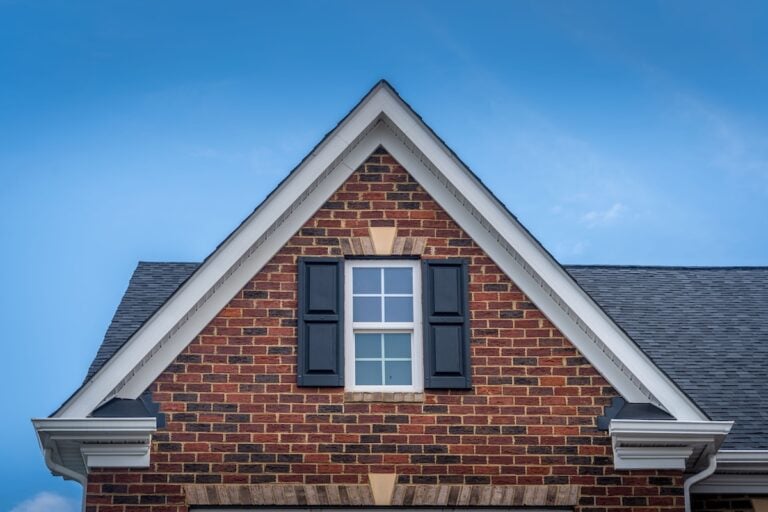Hail storms can be a homeowner’s worst nightmare, causing significant damage that can result in unexpected and costly repairs. One of the most common questions homeowners ask after such an event is, “How much hail damage is enough to replace roof systems?”
Here, we’ll explore:
- What hail damage looks like
- The factors that determine whether your roof needs replacing
- Provide guidance on navigating the repair or replacement process
Understanding Hail Damage
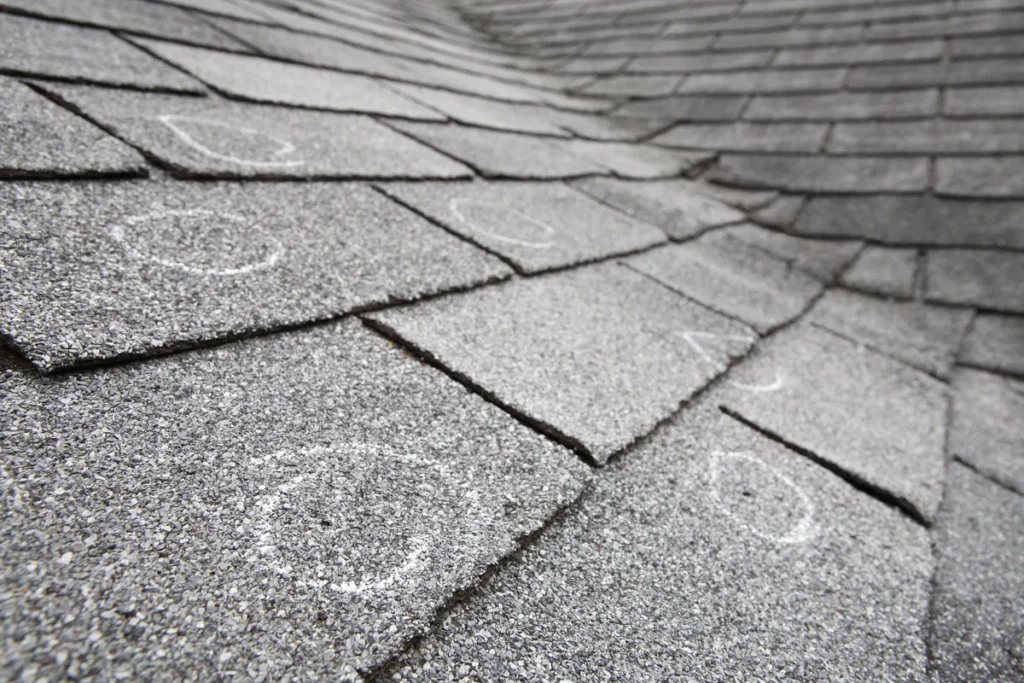
Hail damage occurs when hailstones strike your roof, causing dents or breaking shingles. The severity of damage can vary widely based on factors like hail size, wind speed, and the type of roofing material. Common signs of hail damage include:
- Bruises or dimples on shingles
- Cracked or broken shingles
- Granule loss, exposing the underlying mat of the shingles
- Damaged roof vents, skylights, or other roof accessories
Why is Hail Damage a Concern?
Even minor hail damage can compromise the integrity of your roof, leading to leaks and further structural damage over time. Ignoring hail damage can result in more severe issues, such as mold growth, water damage inside your home, and significant repairs that could have been avoided with timely roof replacement.
Factors Affecting the Extent of Hail Damage
Several factors influence how much damage hail can cause to your roof:
- Hail Size: Larger hailstones cause more significant damage.
- Wind Speed and Direction: High winds can drive hailstones into your roof with greater force, causing more damage.
- Roof Material: Some materials are more susceptible to hail damage. For instance, asphalt shingles are more likely to sustain damage than metal or slate roofs.
- Age of Roof: Older roofs are more vulnerable to hail damage because they have already experienced wear and tear over the years.
Assessing Hail Damage: Factors to Consider
Wondering how to assess a hail damaged roof? Follow these steps:
1) Conducting a Visual Inspection
After a hail storm, start by conducting a visual inspection of your roof from the ground. Look for signs of damage, such as missing or broken shingles, dented gutters, or damaged skylights. Use binoculars if necessary to get a closer view without climbing onto the roof.
2) Professional Roof Inspection
While a visual inspection can give you an initial idea of the damage, it’s essential to have a professional roofer conduct a thorough inspection. Professional roofers have the expertise to identify even subtle signs of damage that may not be visible to the untrained eye. They will:
- Assess the overall condition of your roof
- Check for hidden damage, such as granule loss or bruising
- Document the damage with photographs and detailed notes
3) Hail Damage Assessment Criteria
Insurance companies and roofing professionals use specific criteria to assess hail damage. The following factors are typically considered:
- Number of Hits per square (100 square feet): Generally, if there are 10 or more hits per square, your insurance may consider your roof for replacement.
- Size of Hailstones that caused the damage
- Damage to shingles, including cracks, bruises, and granule loss
When to Repair vs. Replace Your Roof
When to Repair
Roof repair may be sufficient if:
- Damage is localized to a small area
- The roof is relatively new and in good condition overall
- Only a few shingles are damaged
In these cases, replacing the damaged shingles and conducting minor repairs can restore the roof’s integrity without needing a full replacement.
When to Replace
Roof replacement may be necessary if:
- Damage is extensive and widespread across the roof
- Shingles have significant granule loss, cracks, or bruises
- The roof is old and nearing the end of its lifespan
- Multiple areas of the roof are compromised
Replacing the roof ensures that all damaged areas are addressed, preventing future issues and maintaining the overall structural integrity of your home.
The Roof Replacement Process
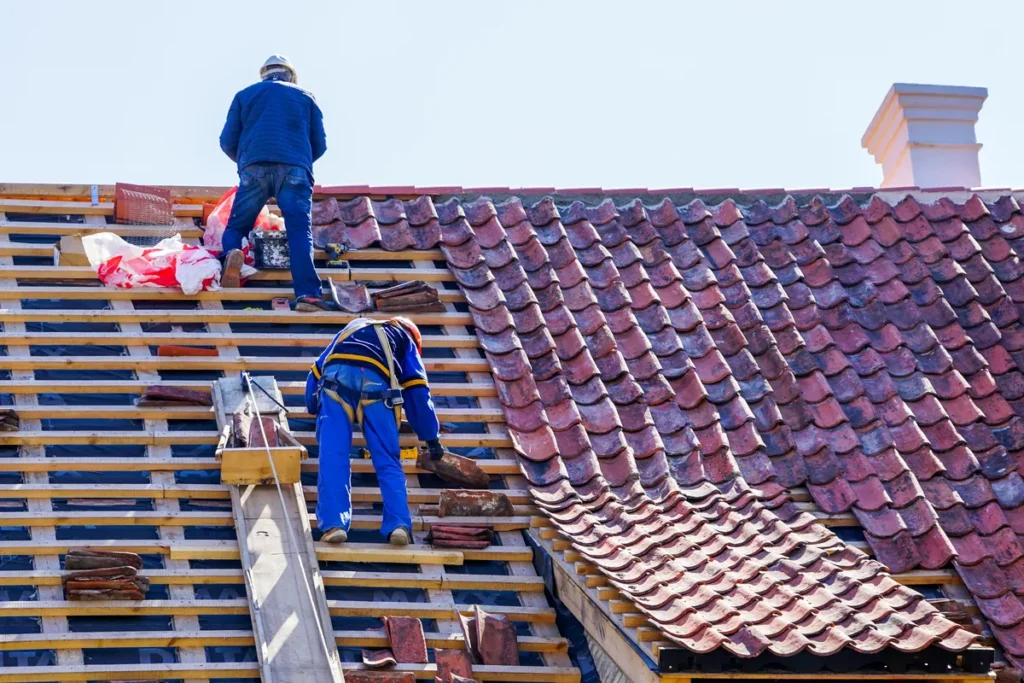
The roof replacement process is relatively straightforward. Here’s how a professional roofing contractor will handle it.
Filing an Insurance Claim
If your roof has sustained significant hail damage, your homeowner’s insurance may cover the cost of replacement. Follow these steps to file a claim:
- Document the Damage: Take photos and videos of the damage, including close-ups of affected areas.
- Contact Your Insurance Company: Report the damage and provide the documentation you’ve gathered.
- Schedule an Inspection: Your insurance company will send an adjuster to inspect the damage and determine coverage.
- Obtain Estimates: Get quotes from reputable roofing contractors for the replacement work.
- Review the Claim: Review the insurance claim and ensure it covers all necessary repairs or replacement.
Choosing a Roofing Contractor
Selecting a qualified roofing contractor is critical to ensuring a successful roof replacement. Consider the following when choosing a contractor:
- Experience and Reputation: Look for a contractor with a proven track record and positive customer reviews.
- Licensing and Insurance: Ensure the contractor is licensed and carries liability insurance.
- Warranty: Ask about the warranty on both materials and workmanship.
- Detailed Estimate: Obtain a detailed written estimate that includes the scope of work, materials, timeline, and cost.
Roof Replacement Timeline
The timeline for replacing a roof can vary based on factors such as the size of your roof and weather conditions. Generally, the process includes:
- Removing Old Shingles: Tearing off the existing shingles to expose the roof deck.
- Inspecting the Roof Deck: Checking for any damage to the deck and making necessary repairs.
- Installing New Underlayment: Applying a water-resistant barrier to protect the roof deck.
- Laying New Shingles: Installing the new shingles according to manufacturer specifications.
- Cleaning Up: Removing debris and ensuring your property is clean.
Preventing Future Hail Damage
Impact-Resistant Roofing Materials
Consider using impact-resistant roofing materials when replacing your roof. These materials are designed to withstand hail and other severe weather conditions. Options include:
- Class 4 Impact-Resistant Shingles: These shingles are tested to withstand significant impact without cracking or breaking.
- Metal Roofing: Metal roofs are highly durable and can withstand larger hailstones.
- Slate and Tile Roofing: Both are known for their durability and resistance to hail damage.
Regular Roof Maintenance
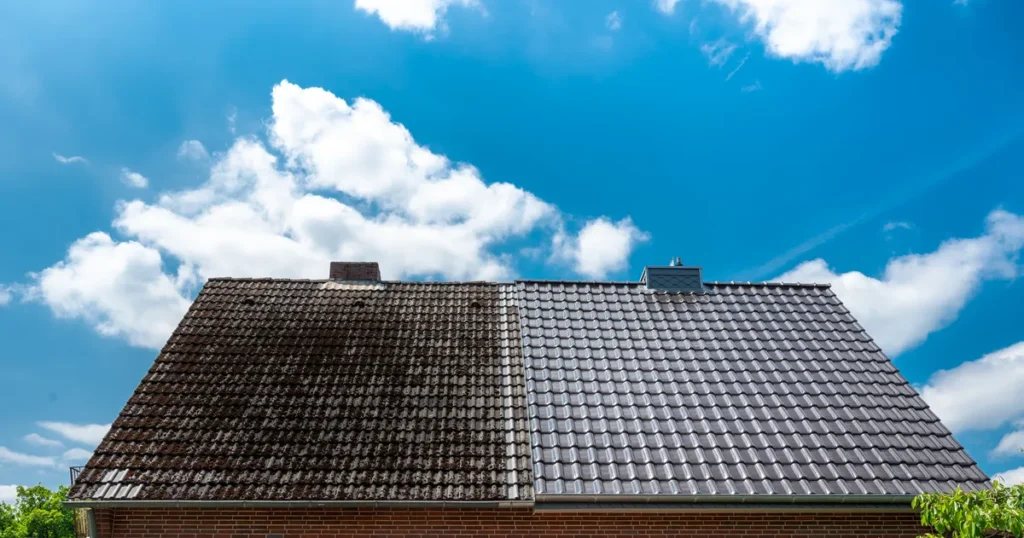
Regular maintenance can help prolong the life of your roof and prevent minor issues from becoming major problems. Maintenance tips include:
- Inspecting your roof regularly for signs of damage or wear
- Cleaning gutters to prevent water buildup and ice dams
- Trimming overhanging branches to reduce the risk of falling debris
- Addressing minor repairs promptly to prevent further damage
Installing Roof Protection Systems
Additional protective measures can help minimize hail damage, such as:
- Hail Guards: Installing hail guards on skylights and vents can prevent damage to these vulnerable areas.
- Roof Coatings: Applying a protective roof coating can add an extra layer of protection against hail and other severe weather conditions.
Assistance With Your Hail Damage
Hail damage can be a significant concern for homeowners, potentially leading to costly repairs or roof replacement.
If you suspect your roof has sustained hail damage, don’t wait—schedule a professional inspection and take the necessary steps to protect your home. For more personalized advice and assistance with your roof replacement, contact a reputable roofing contractor in your area.
Ready to assess your roof’s condition? Contact Palladium Roofing today for a free roof inspection and expert advice on repair or replacement options. Ensure your home stays safe and secure, no matter what Mother Nature throws your way.


